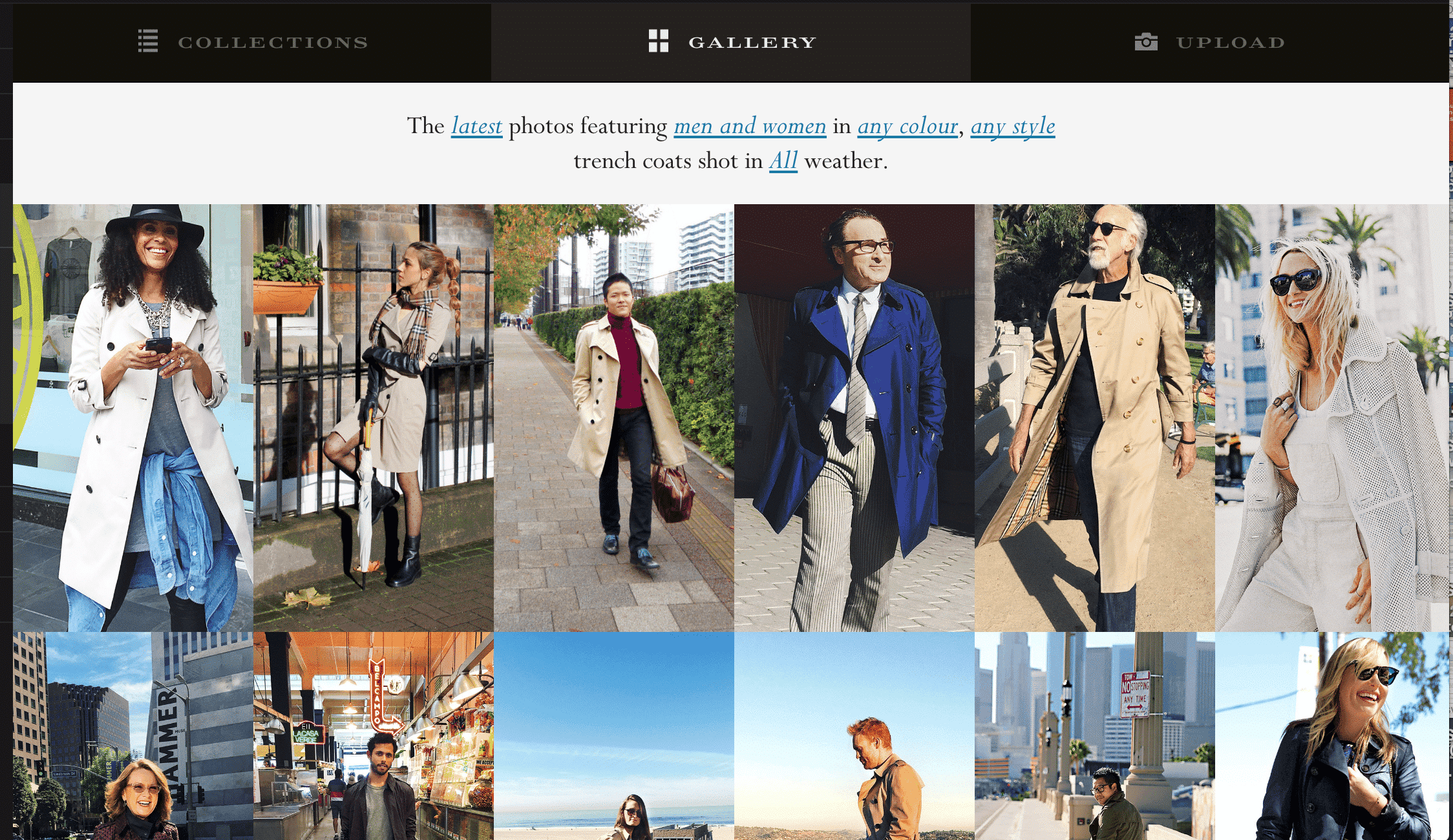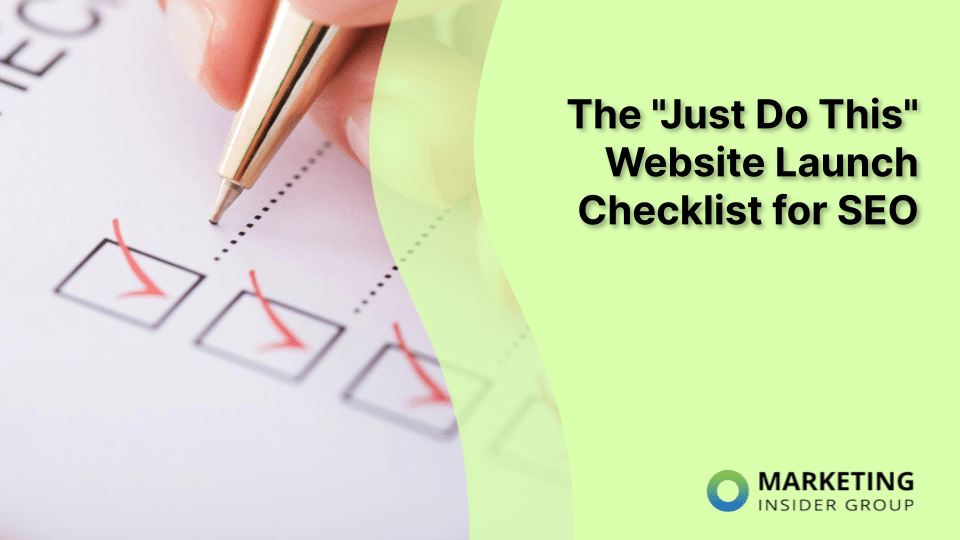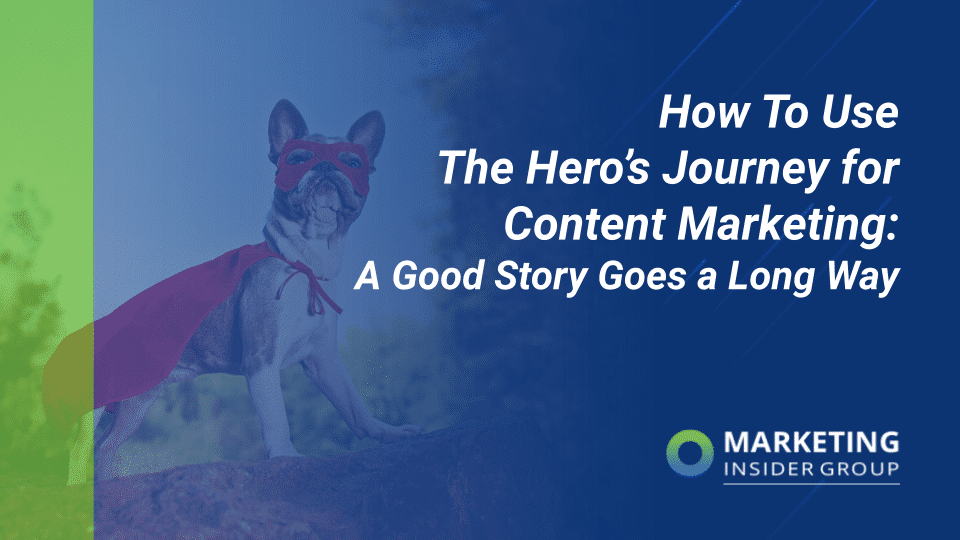
How to Launch a New Brand And Website the Right Way
The climate of relevance is always shifting when it comes to business; it’s a constant battle to stay current against competitors and evolving industry trends.
Reinventing your website or brand is a smart way to stay afloat – but successfully launching your website or your brand can be a daunting task, to say the least.
Luckily, there are steps a company or individual can take to ensure their new or freshly built website makes a positive impact on the marketplace and guarantees a smooth transition for current customers. Use these tips to properly announce, launch and drive adoption for a website that delivers sales and positions your brand.
1. Configure the Schedule
One of the most important factors to consider when launching a new brand or website is timing. While every brand or website launch is contextual to the company or individual it pertains to, it’s unwise to drop a new brand or website in the midst of complete market or company chaos; that’s just as good as adding another piece of kindling to the figurative fire.
Make sure your new or refreshed brand and website are introduced at a time when they can actually be digested by both the market and your internal team, as opposed to when they’ll barely fit on an already crowded table.
It’ll be hard for employees to implement new principles or foundational changes when they’re busy tending to an increased workload and just as difficult to gain any traction or awareness among new leads if the media or market is consumed with bigger stories.
2. Make the Announcement
Announcing a launch appropriately is nearly as important as the launch itself. Without proper awareness of an upcoming brand or website launch, it won’t matter how innovative the new strategy, look or functionality is if no one is around to see it. There are a variety of effective ways to announce a new brand or website internally and externally.
Drafting a press release to pitch to local and industry-specific publications means a wide and reputable demographic will be aware of your news. Press releases should be concise and fact laden, able to simply and accurately relay key points about your new brand or website that you want your target markets to know.
It’s also wise to feature a blog, or series of blogs, regarding the upcoming launch on your company’s own website to generate anticipation.
3. Launch Internally
Internal launches can be just as difficult to orchestrate as external launches; there are still “customers” to keep happy in the face of change, your employees. Keeping your employees in the loop as much as possible during the time leading up to and during a transition is tantamount. It’ll help alleviate internal pressure caused by unforeseen problems and assist in transitioning employees and gaining their buy-in for the principals of a new brand. The less uncertainty, the better.
There are a variety of ways to convey the new brand strategy to employees internally. Scheduling a company-wide meeting, composing a slide show, distributing FAQ materials and emails are all excellent strategies to combat any uncertainty your team may have about the rebranding process.
4. Create Cohesion
For a launch to be successful, it’s important to prioritize cohesion on every front, from updating your social media profiles with the new verbal and visual identities to refreshing tangible business collateral that reflects principals of the brand. Some items that should be taken into account immediately when rebranding or launching a new website include:
- Social Media Profiles and Pages
- Business Cards and Collateral
- Email Signatures
- Internal and External Signage
While there are certainly more facets that will differ between businesses, the aforementioned items may be the most immediate to achieving a copasetic state for your new brand or website.
Social media profiles are one of the main resources for curious potential or existing customers; why surf the net for a link when a business you follow can drop pertinent information right onto your newsfeed? Information needs to be concise to whatever brand or website changes have been made. Visually, your logo, imagery and color pallete need to be united to keep people engaged and clear about who you are.
Business cards, email signatures and collateral such as brochures, sell sheets and folders, to name a few, also need to bare the new visual and verbal identities of the brand. Engaging with clients and customers under one name while featuring a differing logo will lead to confusion, potentially causing a loss of business or credibility.
5. Transition Existing Customers
Some of the most furious resistance that will arise in light of a launch will often be from the existing customer base. People like things the way they are for the most part – a sentiment that rings true for established clients in a variety of industries, especially in those that require a steep financial investment.
A series of emails leading up to the launch detailing the reasons and important aspects as they pertain to the existing customer base are invaluable for cutting down the amount of flack; the sooner these emails can be sent out, the better. Make sure to emphasize why and how the transition to a new brand or website will be beneficial to them as an existing customer and include a timetable illustrating when they can expect changes to take place.
For a new website launch, be sure to identify new features they will benefit from, such as a customer portal or helpful resource hub. If your existing website already offers customer-specific functionality, provide clear instructions on how this will be transferred to the new site and if the customer needs to take any action to ensure a seamless transition.
6. Create Momentum with Varied Digital Marketing Tactics
It’s official! Your highly anticipated brand is set to launch soon.
You’ve started building buzz. And your team can’t wait for the actual launch date.
But the fun shouldn’t stop there. The weeks leading up to the launch will be crucial for your business.
Engagement starts now. Start talking with future customers today.
“[T]he process of creating, marketing, and engaging with a brand is a two-way street—between the brand and its customer, not merely a broadcast from a company,” writes Forbes contributor Steve Olenski.
Host a Facebook Live Panel Discussion
Live streaming is marking its territory in our society. Like the Texas mom’s hysterical reaction to a Chewbacca mask back in 2017, live video is capturing people’s attention.

In fact, data reveals that “people comment more than 10 times more on Facebook Live videos than on regular videos.”
Harness this power by offering fans live panel discussions. Fans would be thrilled to hear from your talented team and brand ambassadors.
“Let your [fans] know in advance that you’re planning to broadcast. It won’t do you much good to broadcast if nobody’s prepared for it. Make an announcement—preferably several announcements—in advance to let your [fans] know what they can expect,” writes Jayson DeMers, founder of AudienceBloom.
Capitalize on live video. Broadcast to engage.
Develop Themed Content
Human connection is everything. People enjoy reading content that relates to them. Ideals give people hope and the desire to achieve.
Apple thrives on innovation. Nike offers inspiration. And Walmart has its low prices.
Creating content around specific ideals deepens the connection between the fan and brand.
Inc. contributor Kevin Cain says:
“To be effective, your content has to resonate with your buyers. That means it needs to be tailored to them (showing that you know who they are, what they do, and what they care about) and address whatever pain points they are facing. Content that lacks this sharp focus will just get lost among all of the other noise.”
Tell customers your brand’s values. Promise to uphold those standards in your products, messaging, and customer service.
Then, work with your creative team to produce content around those principles. That means writing blog posts, designing shareable infographics, and highlighting featured stories.
One goal of content is to showcase the brand’s personality. Themed content can make that a reality.
Ask for User-Generated Content (UGC)
Loyal fans love interacting with brands. It adds fuel to a flame of existing fire.
Even before the launch, your brand’s greatest asset is its fans. Start conversations to cultivate brand engagement.
So, don’t shy away from asking for user-generated content (UGC). That includes tweets, photos, and short video clips.
And once the UGC starts rolling in, let your fans take center stage. Share the content with your entire audience. You may even want to create Instagram marketing campaigns. For example, curate a digital collage of fans flaunting cool swag.
In 2009, Burberry launched The Art of the Trench, where customers could upload and comment on pictures of people wearing their products.

UGC centers around appreciation. It humanizes your brand. Delight fans by sharing their content.
Organize a Promotional Contest
Contests excite people. Everyone loves winning prizes—even if it’s just a T-shirt. Plus, active participation from fans generates word-of-mouth marketing.
So, give fans a good reason to talk about your brand. Organize a promotional contest to pique people’s interest. And it doesn’t have to be complex.
For instance, ask a trivia question on Twitter. The first person to respond with the right answer can receive a tote bag.
Or announce a photo caption contest. Then, fans can submit captions and vote for the funniest entries.
But don’t forget to create a catchy hashtag for the promotional campaign. That way everyone has an opportunity to engage with the content.
Reward your fans with contests. It will help increase brand involvement.
7. Look Out for Caveats
There are a variety of obstacles that can impede even the most well-planned brand or website launch. Dissatisfied employees or existing customers, unforeseen problems with cohesiveness between mediums and lackluster promotion can all lead to problems with a new brand or website launch.
It’s important to keep interested parties engaged, while sating the questions and inhibitions of your existing customer base and employees. By keeping everyone on the same page and implementing some simple strategies, a transition to a new brand or website can be made all the more effective.
Launching a new website? Now is the perfect time to talk to us about feeding that beast with fresh weekly content that converts!






